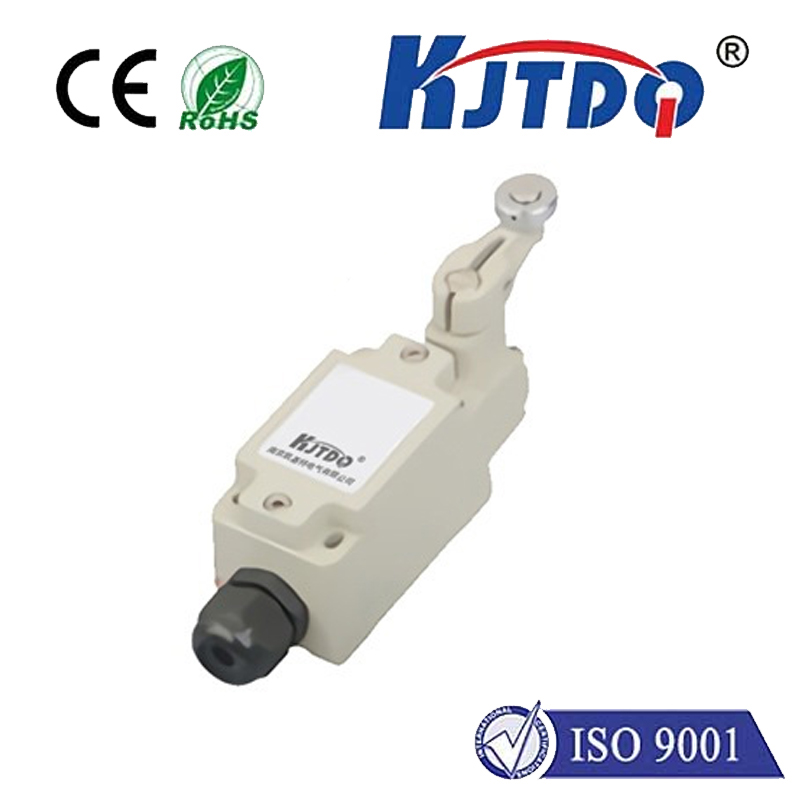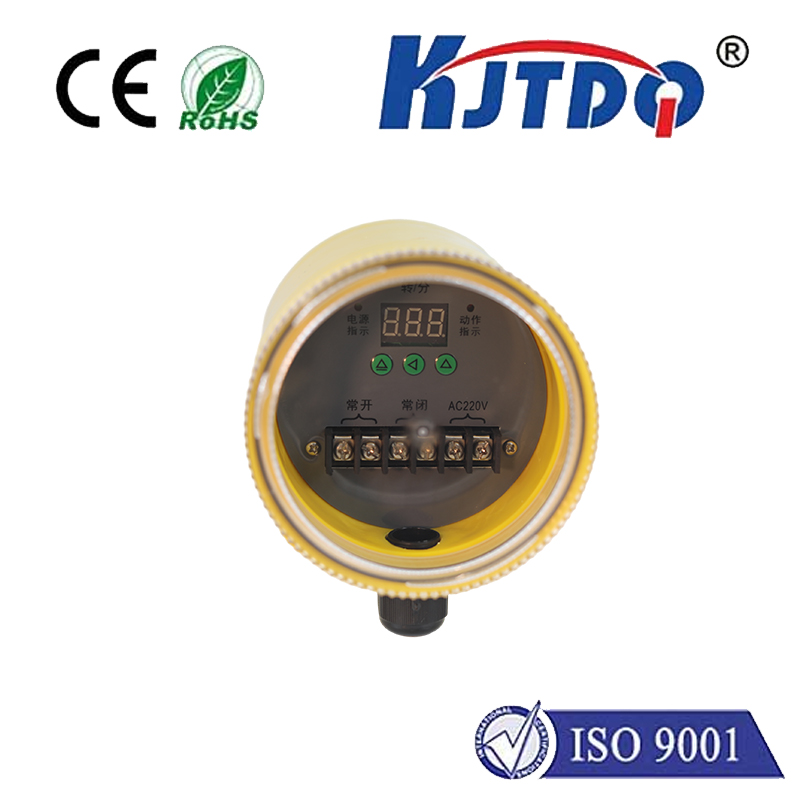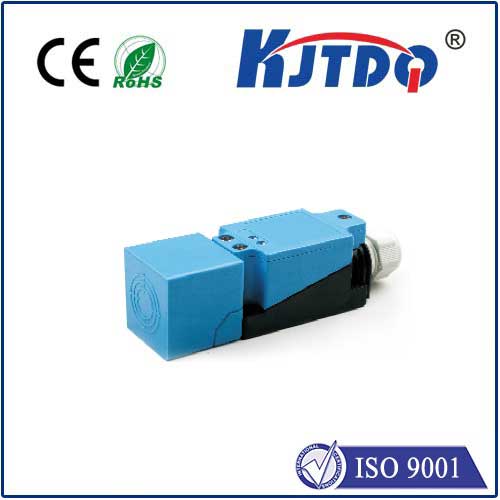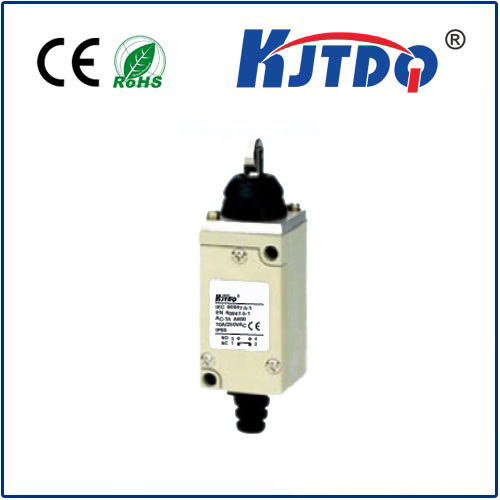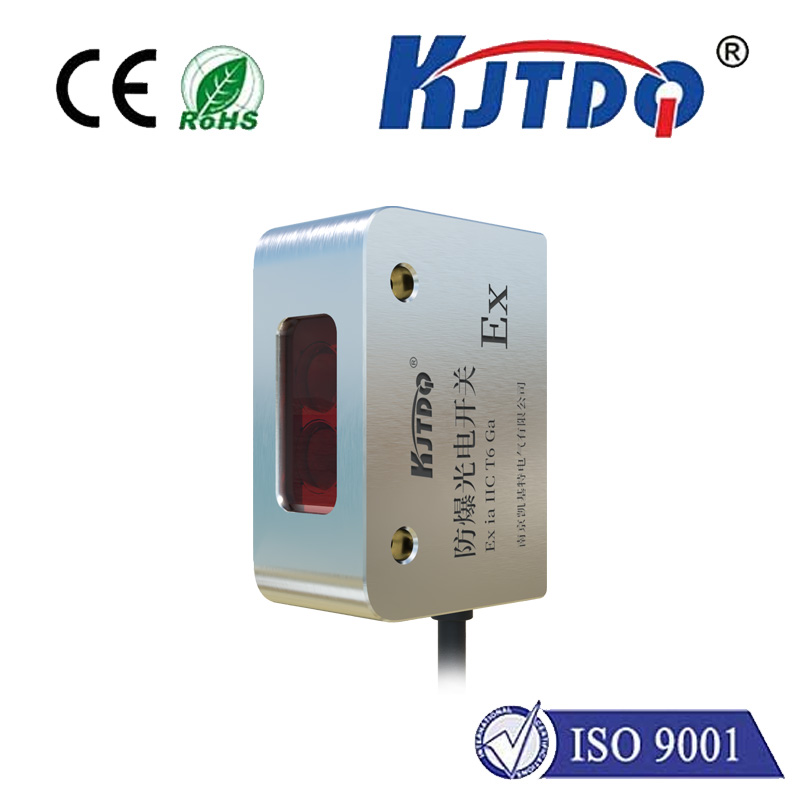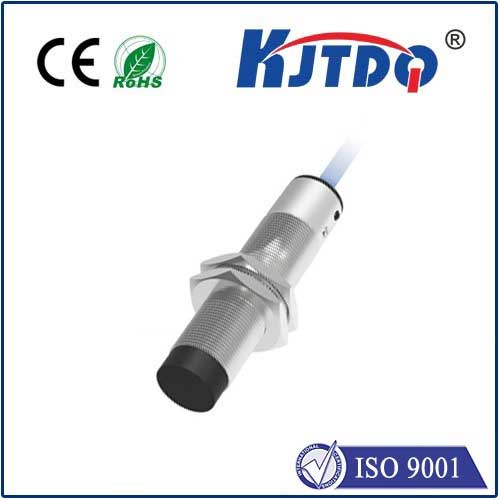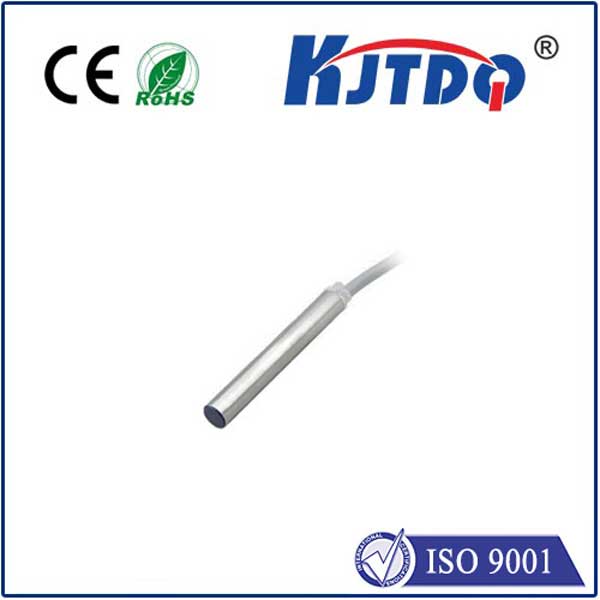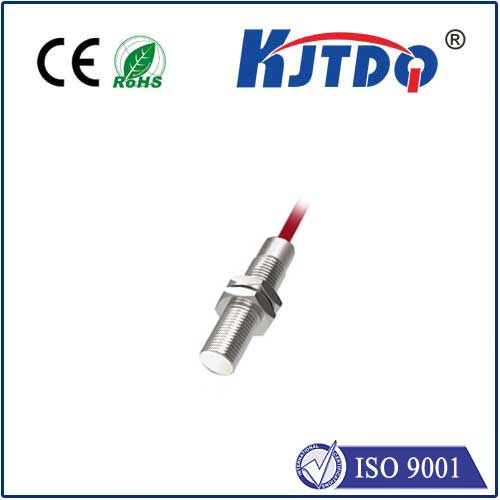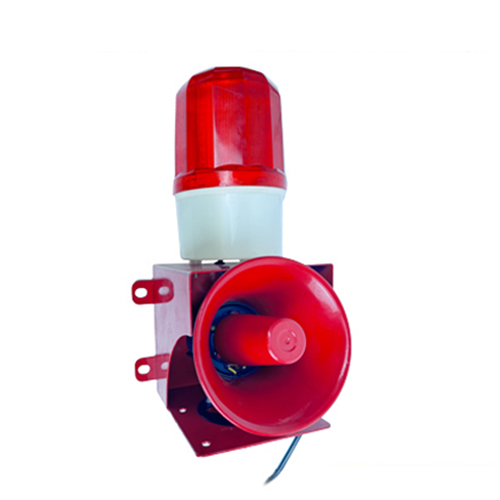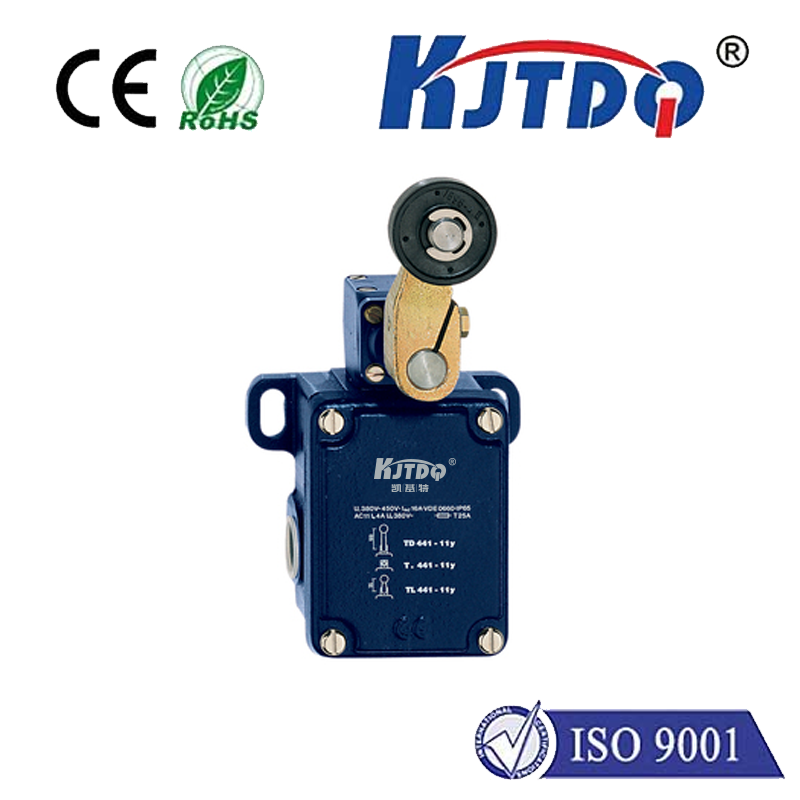

check

check

check

check

check

check

check

check

check

check
Imagine a world without silent guardians. Your trusty dryer, working overtime on bulky comforters, slowly builds excess heat inside its drum. The heating coil in your beloved espresso machine glows a little too brightly. Inside your industrial furnace, temperatures flirt with the danger zone. What stops these scenarios from escalating into sparks, smoke, or even fire? Often, the unsung hero is a remarkably simple yet vital component: the thermal limit switch.
These unassuming devices are fundamental safety mechanisms, silently embedded in countless appliances, HVAC systems, power tools, and industrial equipment across the globe. Their singular mission? To interrupt electrical power when temperatures soar beyond predetermined safe operating limits, acting as a critical fail-safe against potentially disastrous overheating. Understanding their function, types, and applications is key to appreciating their role in safeguarding both equipment and lives.
What Exactly is a Thermal Limit Switch (TLS)?
At its core, a thermal limit switch is a temperature-activated safety cut-off device. Think of it as a highly specialized automatic switch. Unlike regular switches operated manually, a TLS reacts purely to heat. When the temperature surrounding its sensing element reaches a specific, pre-calibrated threshold, it triggers an internal mechanism to open the electrical circuit, effectively cutting power to the heating element or even the entire appliance. This decisive action prevents components from operating under unsafe thermal conditions that could lead to:
How Do Thermal Limit Switches Actually Work?
While various designs exist, most common thermal limit switches operate on one of two fundamental principles:
Where Are Thermal Limit Switches Found? Protecting Everyday Life & Industry
The ubiquity of thermal limit switches is a testament to their importance:
Home Appliances: This is a primary battleground for overheating safety.

Dryers: Protecting against lint fires caused by clogged vents or malfunctioning thermostats.
Ovens & Ranges: Safeguarding against runaway heating elements or control system failures.
Dishwashers: Preventing overheating from dry heating cycles or pump motor issues.
Coffee Makers & Space Heaters: Essential guards against catastrophic failures in these high-heat, often unattended devices.
Refrigerators/Freezers: Protecting compressor motors from overheating due to low refrigerant, blocked coils, or locked rotors.
Microwave Ovens: Often used to monitor magnetron temperature.
HVAC Systems (Heating, Ventilation, Air Conditioning): Vital for preventing furnace heat exchangers from cracking or overheating air handlers due to airflow restrictions or blower motor failures. They are a key overheating protection layer.
Power Tools & Electric Motors: Preventing motor burnout due to overload, bearing failure, or inadequate cooling.
Transformers & Power Supplies: Guarding against insulation breakdown caused by overload or cooling system failure.
Industrial Machinery: Used extensively in process control, motors, injection molding machines, packaging equipment, and anywhere heat generation is a potential risk.
Battery Management Systems (BMS): Acting as safety cut-off backups in some designs to disconnect batteries if primary temperature controls fail.
Why the “Limit” Matters: Setting the Critical Threshold
The rated temperature of a thermal limit switch is not arbitrary. It is meticulously chosen during the design phase of the equipment it protects. Engineers calculate:
Recognizing Failure: When the Guardian Needs Guarding
Like any component, thermal limit switches can fail. Understanding the signs is important:
The Silent Sentinel: More Than Just a Part
Thermal limit switches are not glamorous components. They don’t enhance performance or add features. Their sole purpose is to act as the last line of defense when other systems fail. They are engineered to operate reliably, silently, and decisively only when critically needed. By understanding their role as vital temperature-activated safety cut-offs, we gain a deeper appreciation for the unseen engineering that prioritizes safety in almost every electrically heated device we use daily. Their presence provides an invaluable layer of overheating protection, offering peace of mind in a world powered by electricity and heat.
